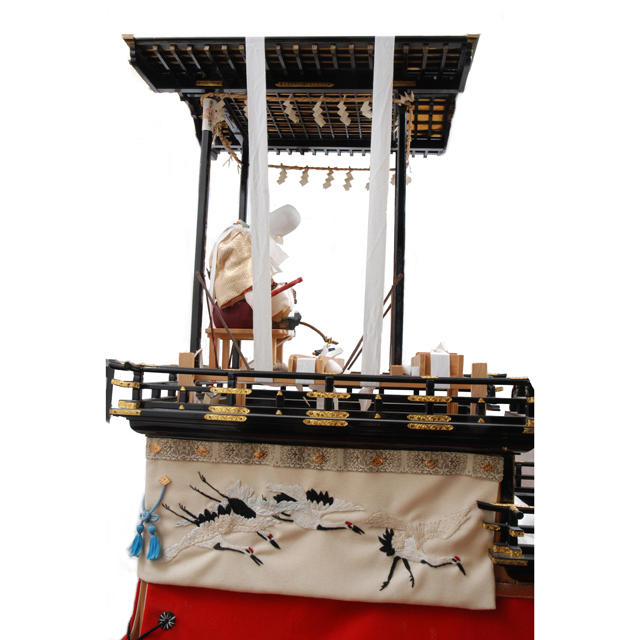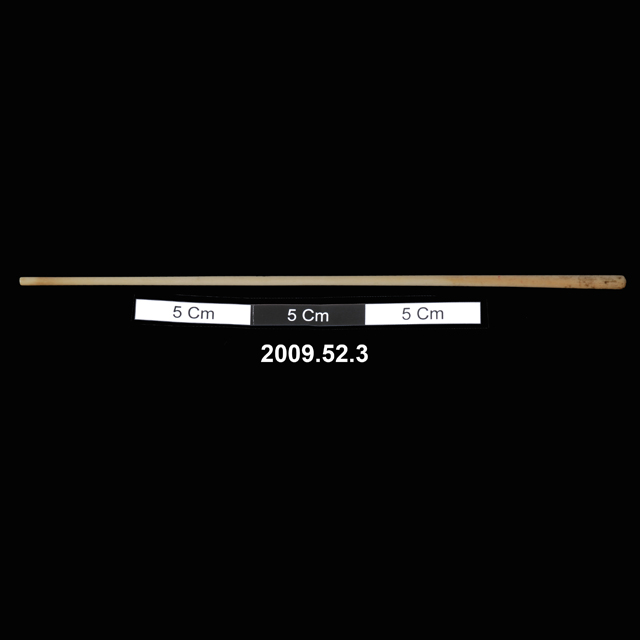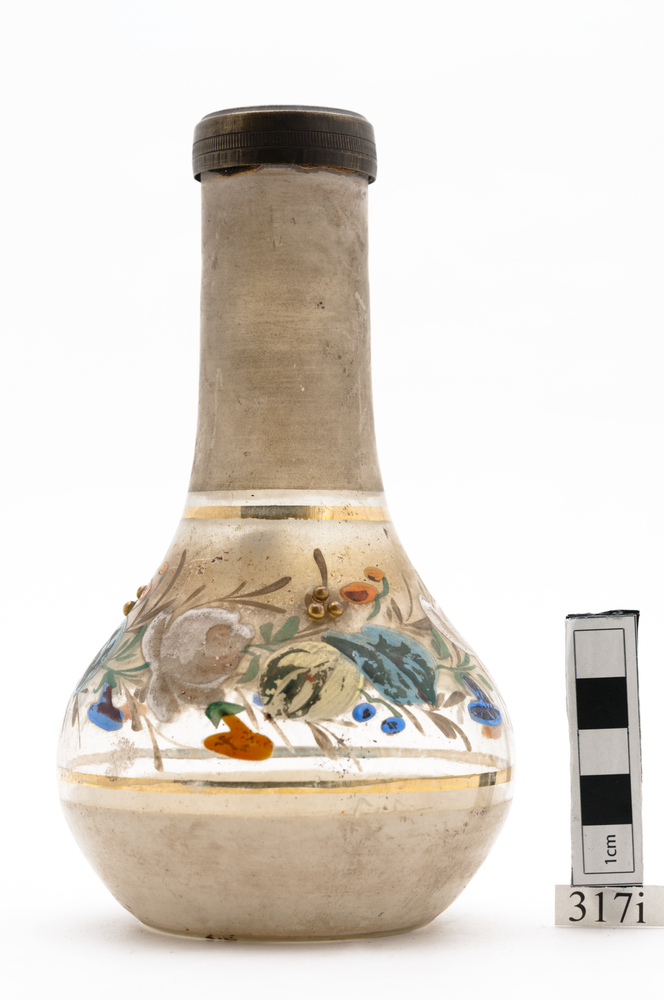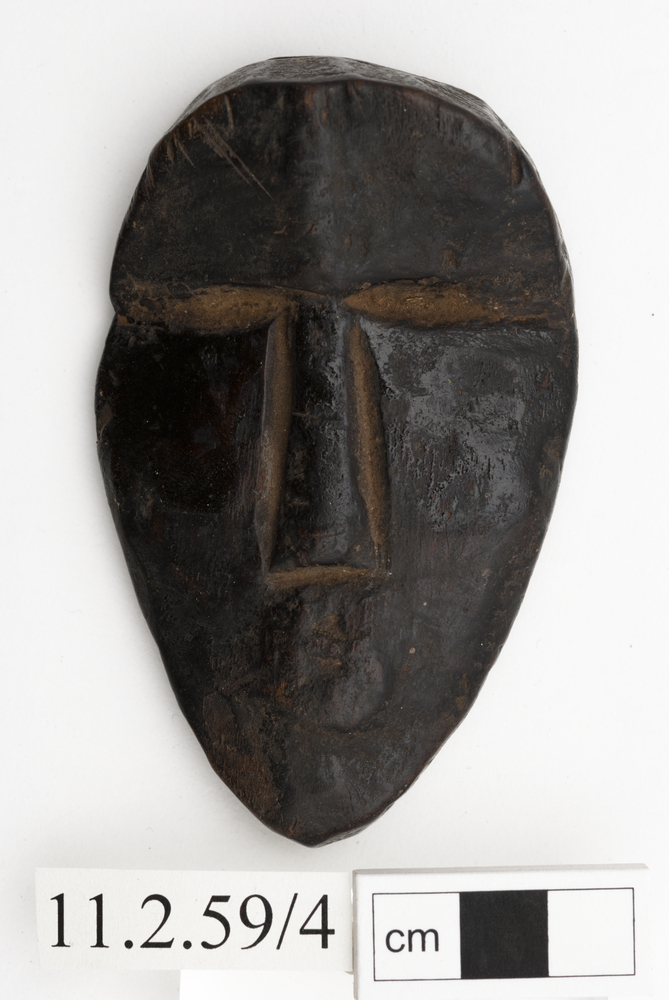Soapstone or steatite nomoli. Represents a seated or kneeling figure, on a circular plinth. The nomoli has a characteristically broad nose and bulbous eyes, and its hands are placed on either side holding on its the legs.
A steatite or soapstone figure from Sierra Leone, known locally as a nomoli. There is a great deal of uncertainty over the age of such figures, although there is evidence to suggest that they predate Portuguese encounters with the coastal areas of Sierra Leone in the 15th and 16th century. They are thought to have originally been made to represent ancestral chiefs or group leaders, often depicted sitting or kneeling on a raised seat, such as this example. In Sierra Leone people rarely speak of nomoli as being carved, but rather as naturally formed things which are found. Often they have lain buried and are rediscovered during the preparation of fields for the growing of rice. When they are found they have in some cases been used in new ways, often believed to be ancestors who are able to affect things required to grow rice, like rainfall. As such, sacrifices and offerings are made in their honour to please them so that rice yields will be high.

































































































































































































































































































































































































































































































































